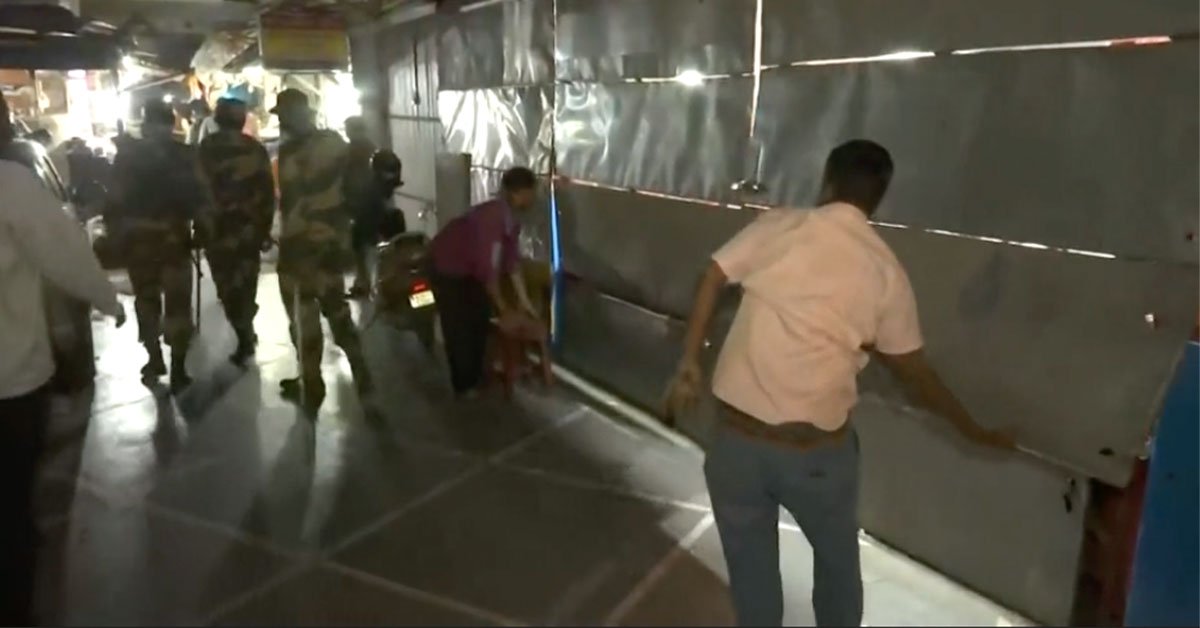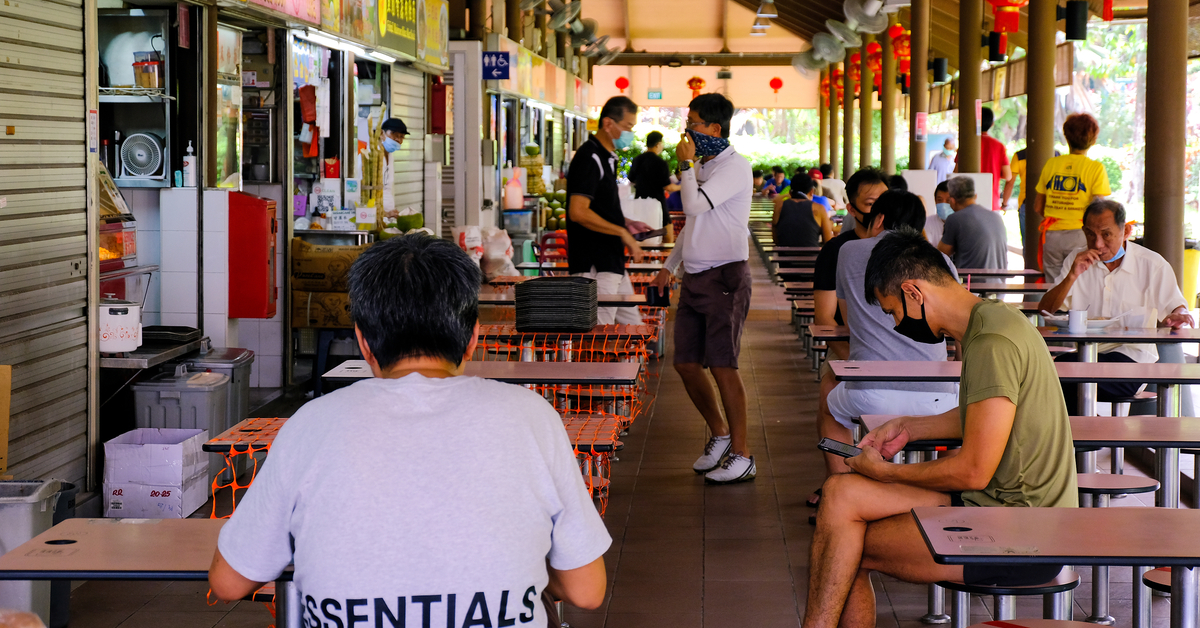The scary thing about the COVID-19 virus is that after months, we still know very little about it.
For instance, the virus is so insidious that we took this long to realise that for a lot of people, the symptoms show up late.
If it is indeed true, this would mean that temperature checks and other measures at our borders are essentially less effective. This could also explain why we have so many imported cases as of late.
90% of Imported Cases in S’pore Didn’t Have Symptoms at All When They Arrived in S’pore
It was found that as many as nine in 10 imported coronavirus cases in Singapore that occurred between Wednesday, 18 March and Friday, 20 March did not display any symptoms such as fever when they had gone through screenings at the border checkpoints.

The Health Ministry revealed on Monday that this is why the cases were only detected later on.
It also revealed that around 90% of the imported cases that were confirmed in Singapore during those three days saw a doctor at a hospital or general practitioner’s clinic after they had gone home.
“They had not displayed symptoms when at the checkpoints.”
Measures Taken At Checkpoints
Some of the measures put into place at border checkpoints required that travellers who came into Singapore walk past thermal scanners which would help to identify those who were feverish.
Those who are feverish and are observed to have other respiratory symptoms will then undergo a COVID-19 swab test.
To highlight the severity of the situation, in just three days, Singapore had a total of 119 cases, 87 of which were imported cases.
Now I’m wondering if these people who were allowed past the checkpoints went around unknowingly spreading the COVID-19 or if it was still ‘dormant’ within them.

Scientists Asking For Urgent Studies To Be Conducted
Scientists are now calling for urgent studies to find out just how many people with coronavirus show no, or delayed symptoms.
This came amidst fears that the number of “silent carriers” of the coronavirus may be much more than they had initially thought.
According to South China Morning Post, as many as one-third of the people who test positive for the coronavirus show delayed symptoms or none at all, citing classified data from the Chinese government.
Now that’s spookier than no toilet paper at NTUC.
More Measures From the Health Ministry
However, rest assured that this is why enhanced measures have been put in place by the government, so there really is no need to go and panic buy all the toilet paper.
For instance, stiffer border controls have been implemented and travellers entering Singapore, regardless of where they travelled from, have been given a 14-day-stay-home notice since 11.59pm on Friday.
It is also compulsory for those who are not feeling unwell.
The ministry also revealed that there will be additional precautionary measures for those who come into close contact with a confirmed case on their flight home, such as a quarantine order.
Quarantine Order Vs Stay Home Notice
Lest you’re unaware, a quarantine order requires the person to stay in a dedicated room with a toilet.
But don’t worry, this is the strictest measure and is only for people who are suspected of being infected with the coronavirus.
On the other hand, a stay-home notice will not require a dedicated room and toilet. However, the person must be home at all times and must not leave the house.
New Border Control Measures Already In Place
Besides that, starting 23 March at 11.59pm, more measures are put in place to control the number of imported coronavirus cases.
For instance, all short term visitors including tourists will be banned from entering or transiting through Singapore.
Further, all work-pass holders and their dependents will be allowed to return to Singapore only if they are employed in sectors that provide essential services, such as healthcare and transport.
Stay safe everyone.



